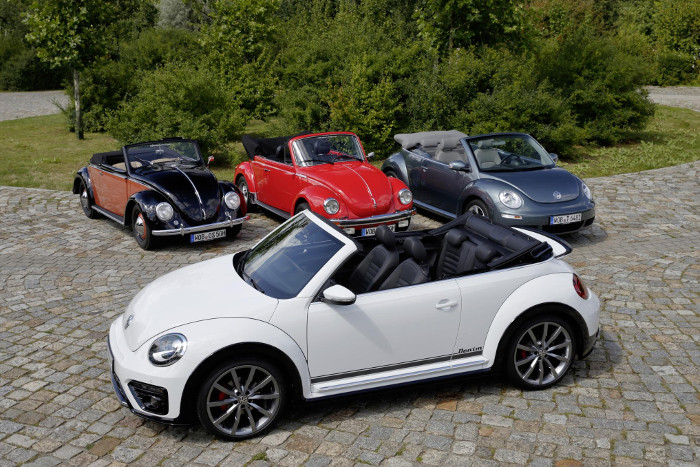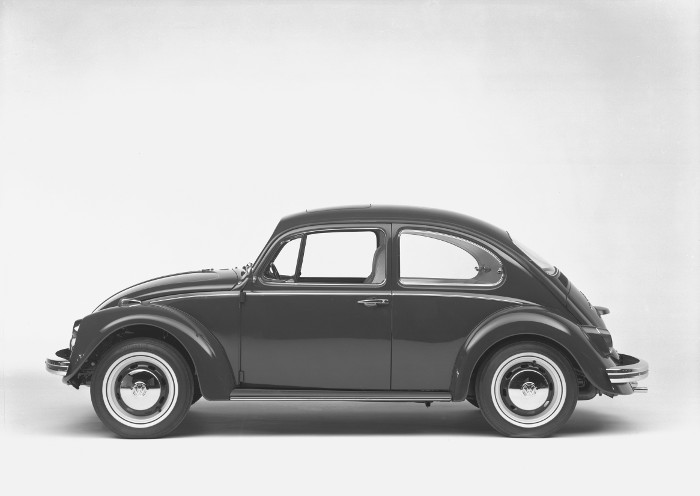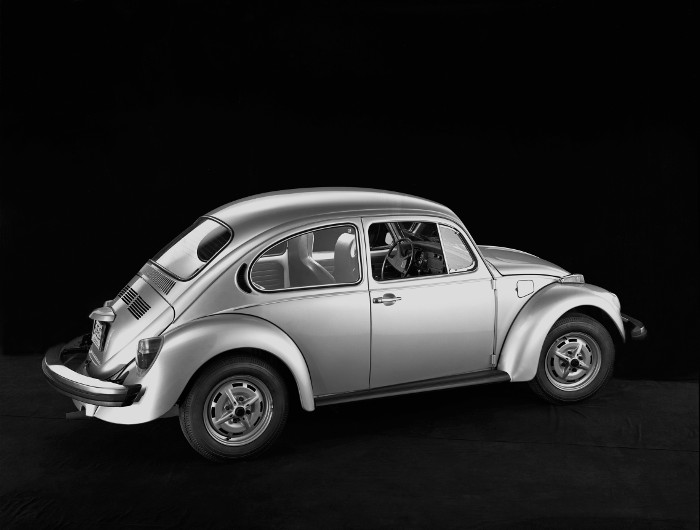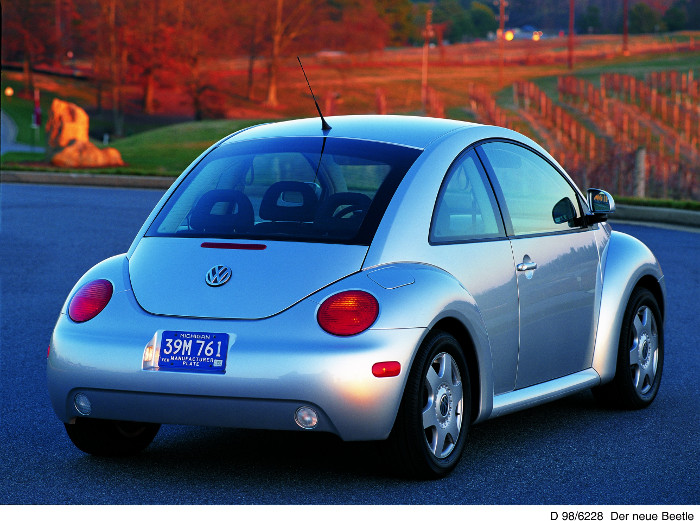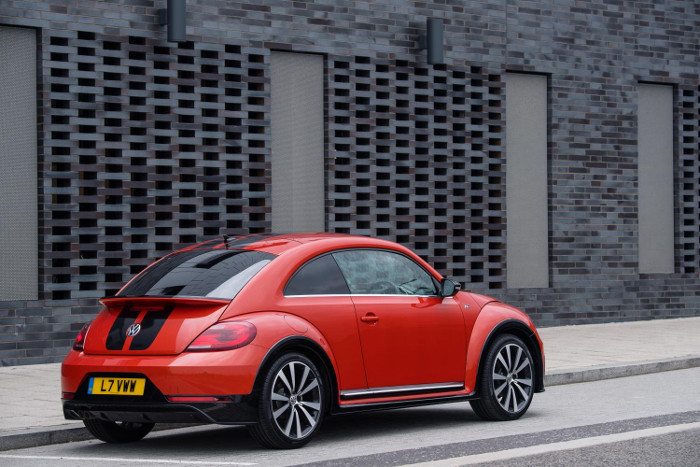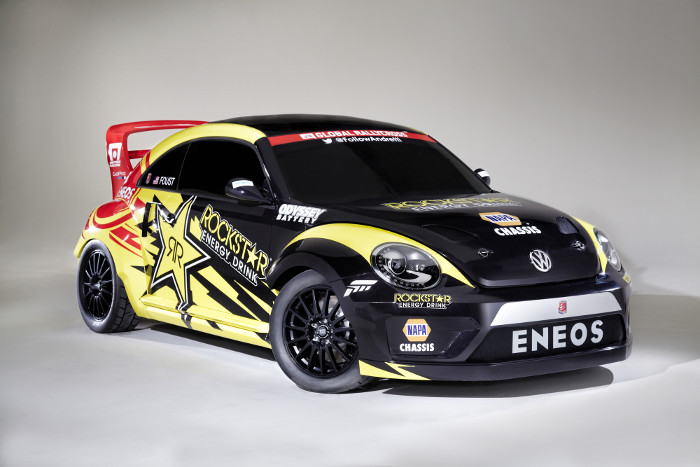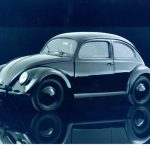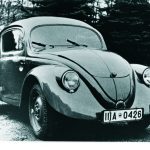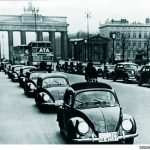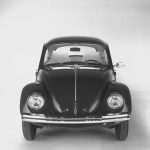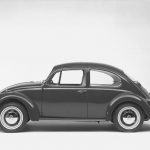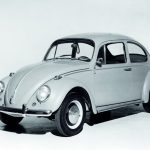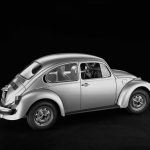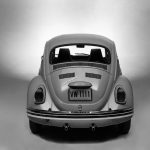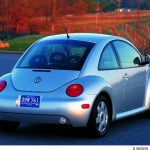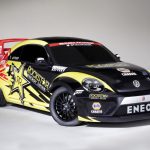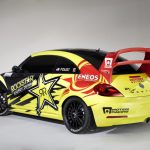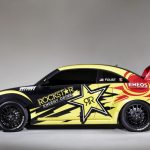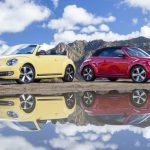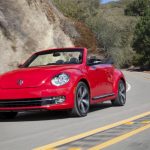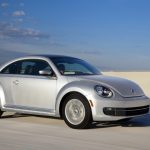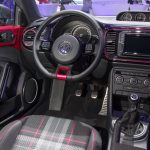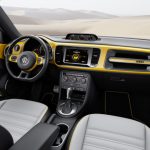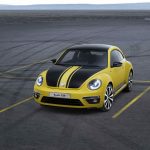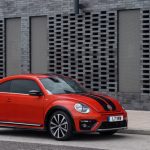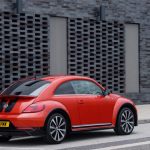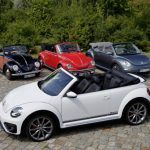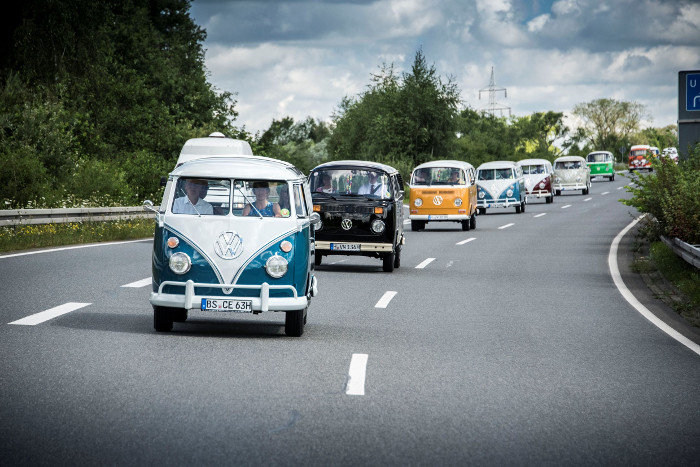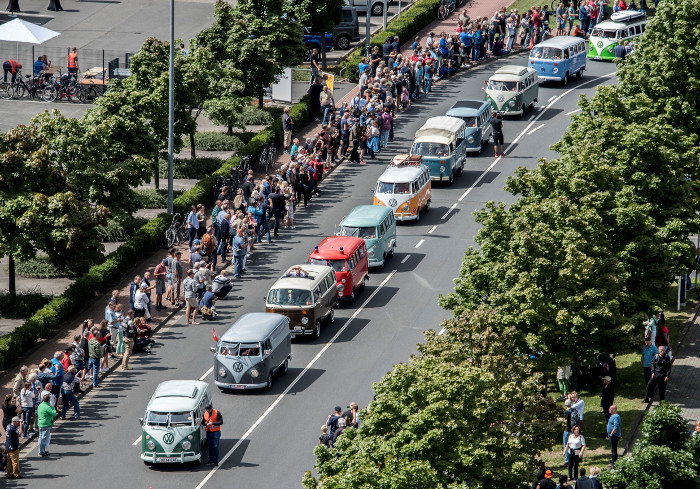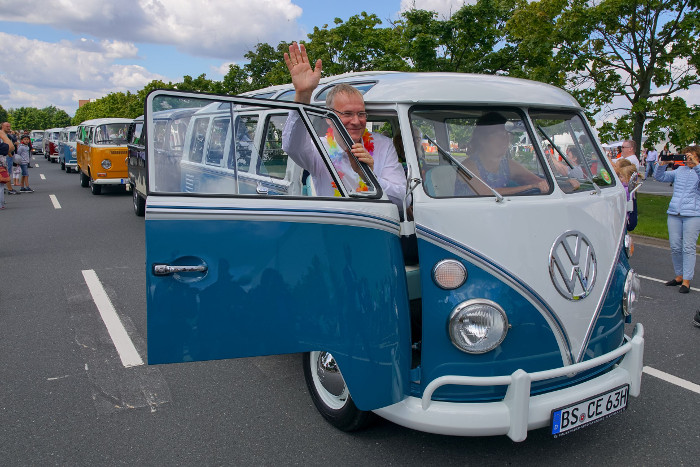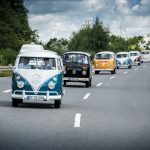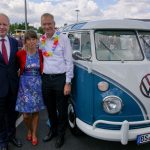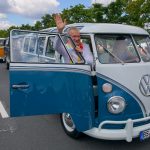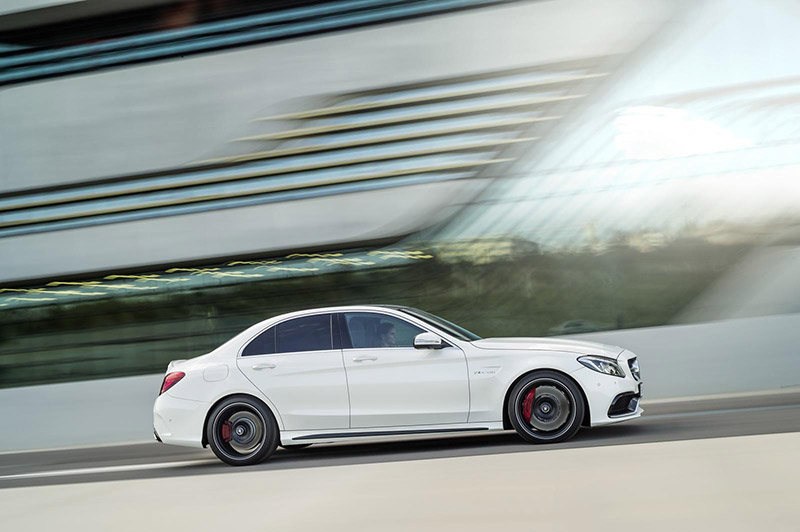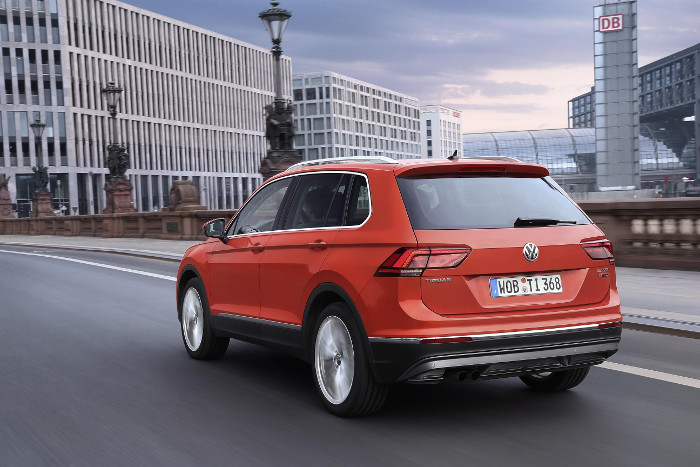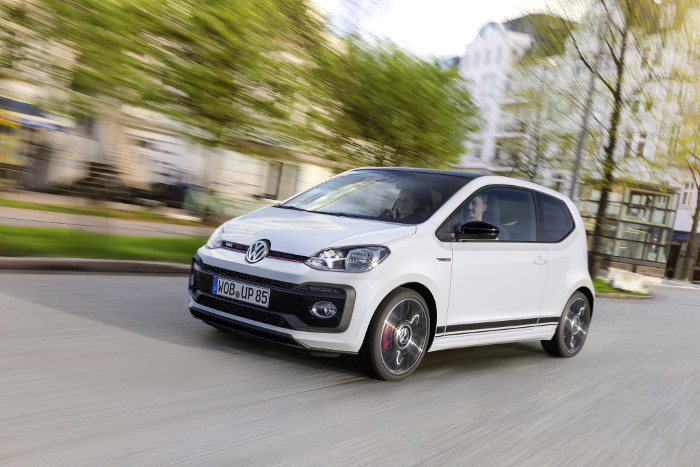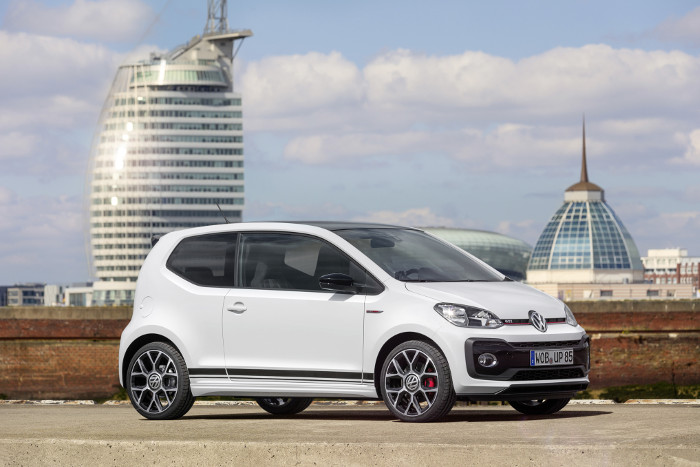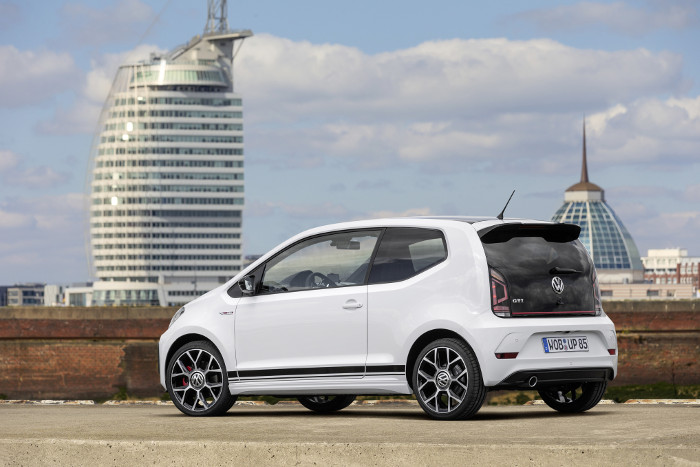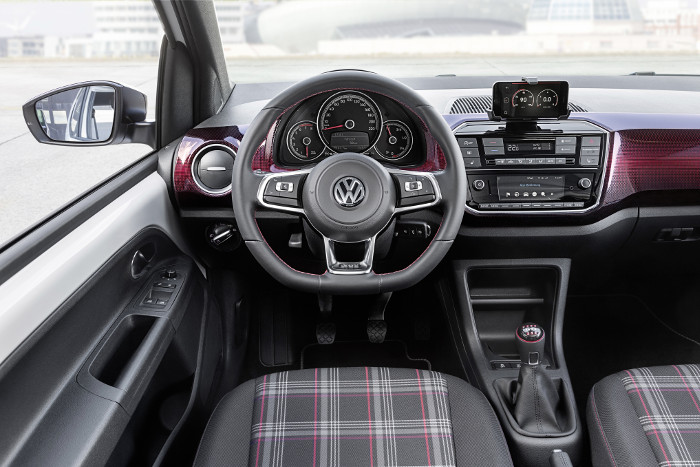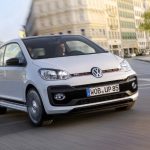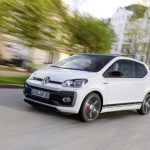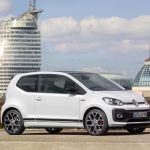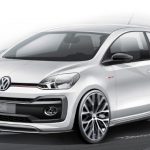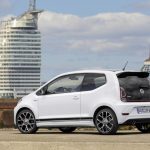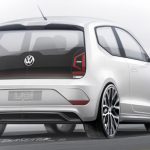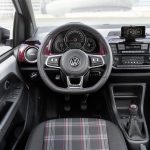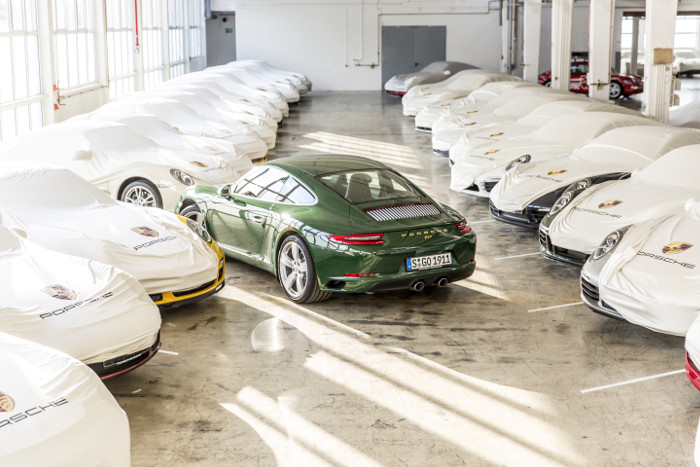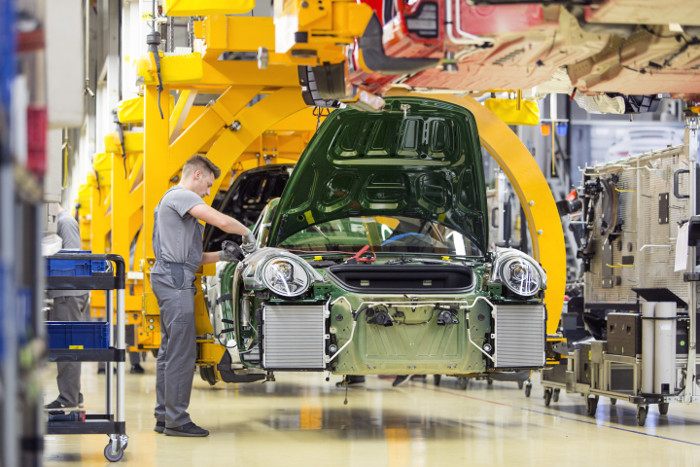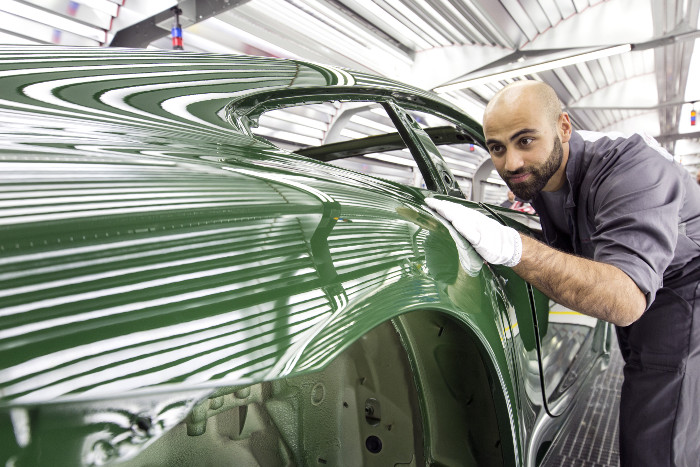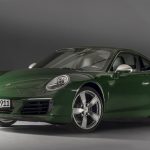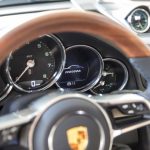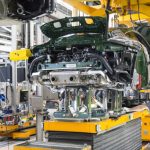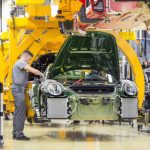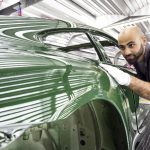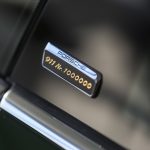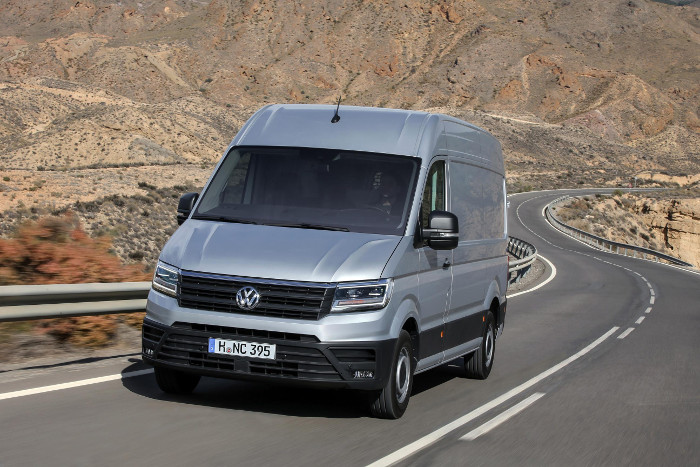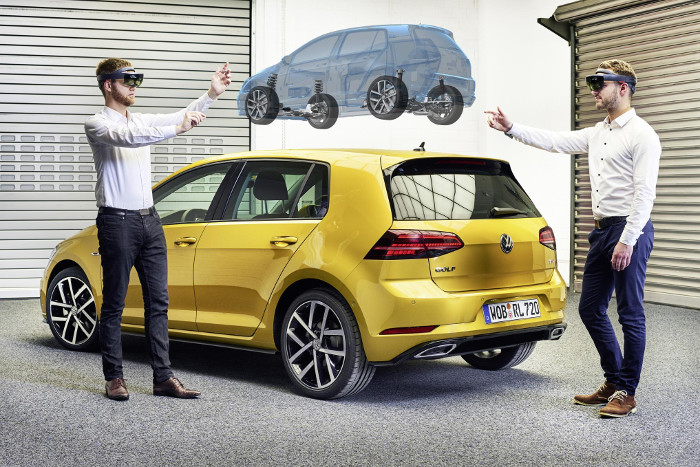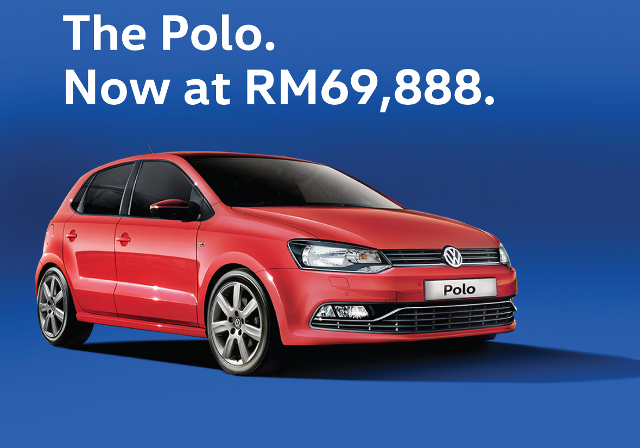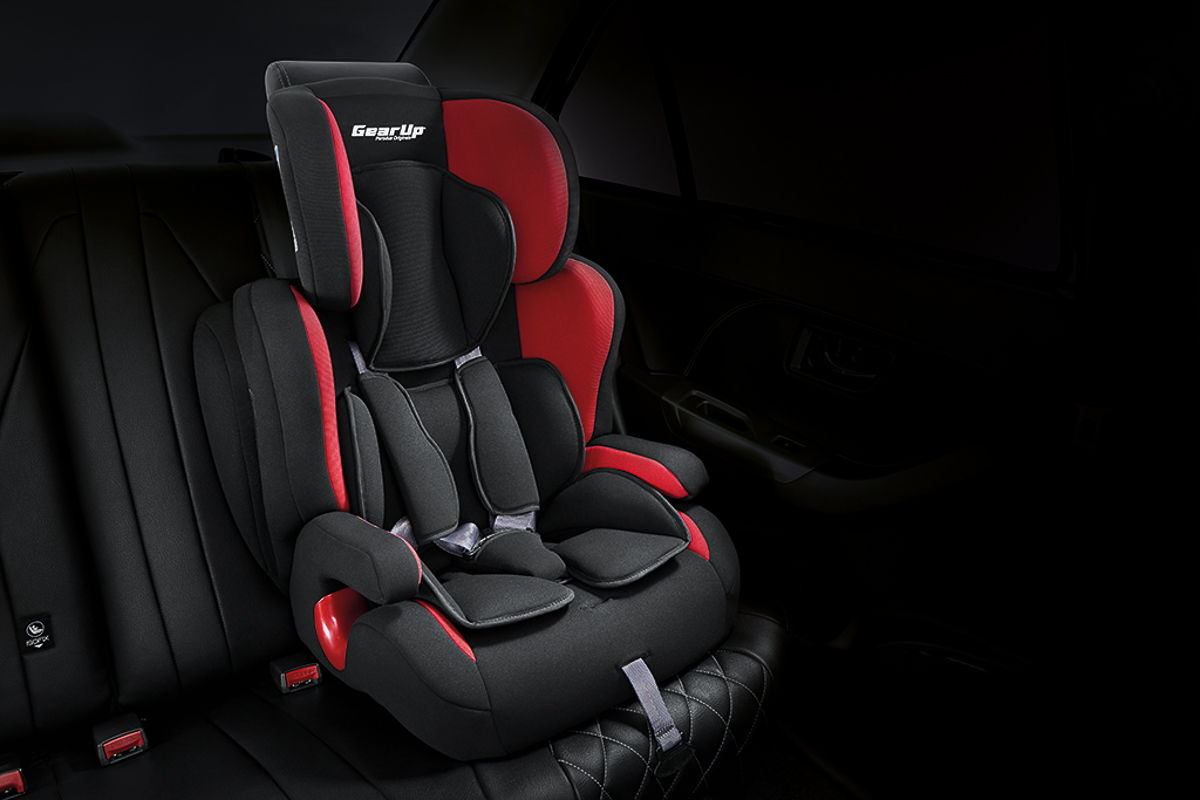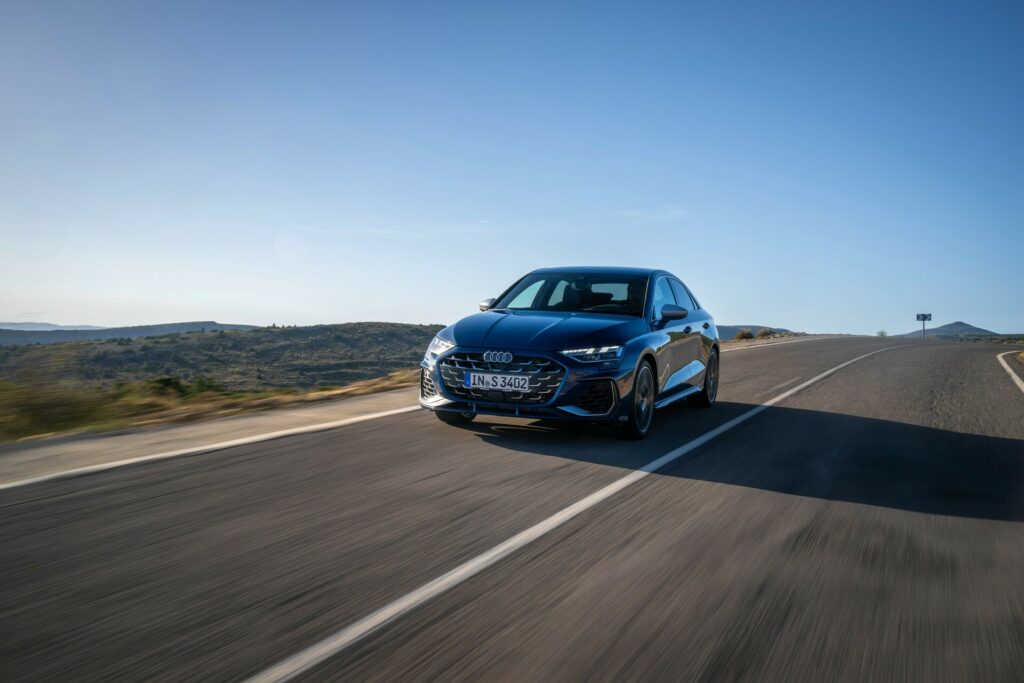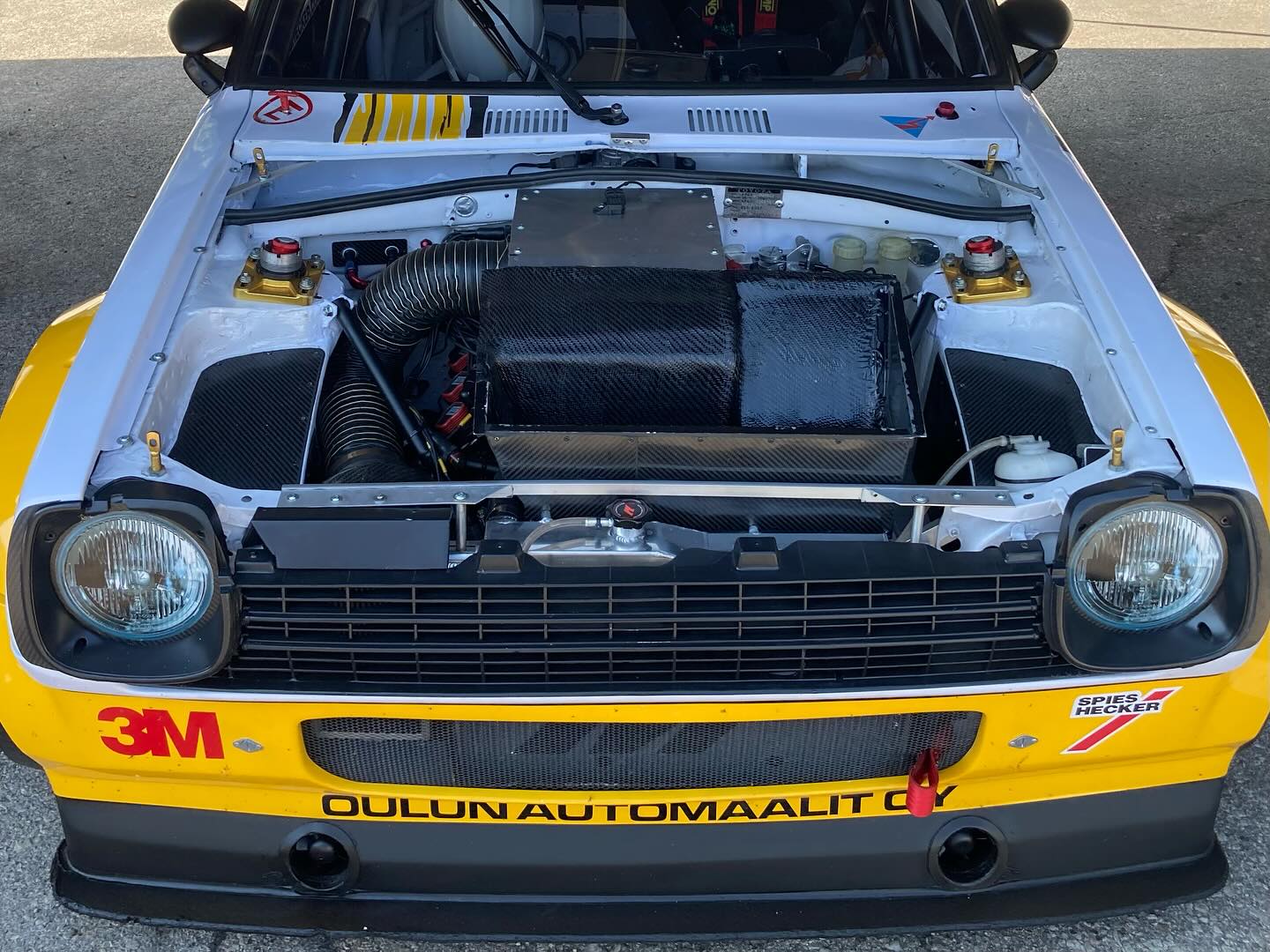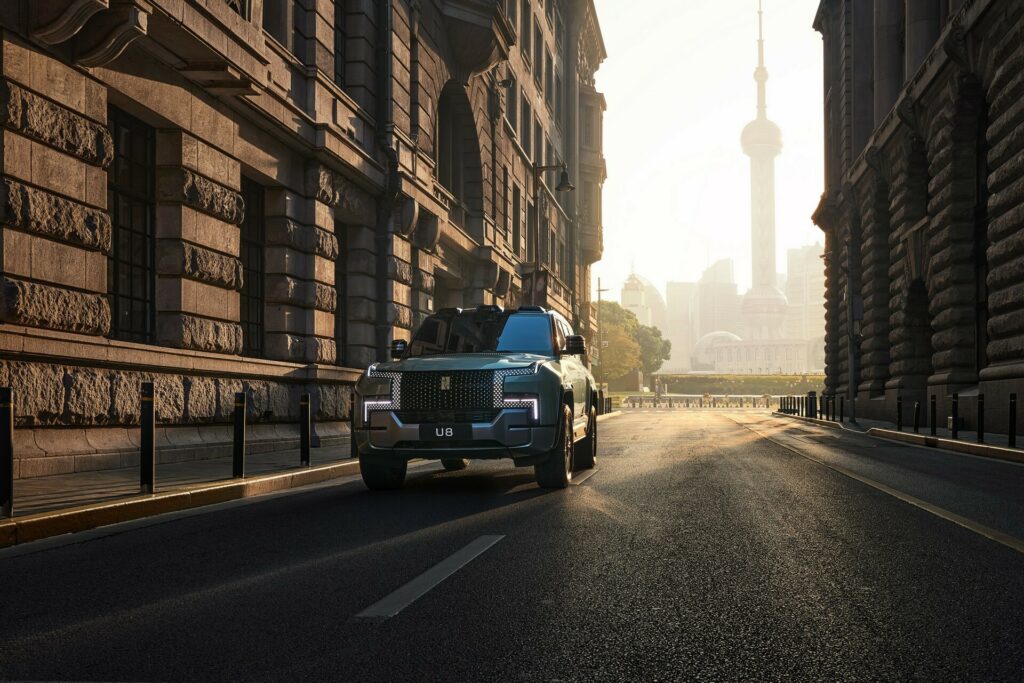The Beetle, the most iconic and longest surviving nameplate in automotive history, will be celebrated by its fan base on the beach of Travemünde (German Baltic Sea). This year, marks the the 13th time that the Beetle Sunshine Tour has been held to date. And according to the organizers, the number of participants keeps growing each year.
Now, there are about 721 Beetles and original Beetles that are currently registered to take part, which the organizer and creator of the tour, Gabriele Kraft touts as being a new record. This year’s event is themed “Welcome to America” in celebration of how well received the various iteration of the nameplate were, including the original Beetle in the USA.
One of the highlights of this year’s celebrations, include a ‘converging rally’ where participants will drive their cars from different points to the meeting point at the Brügmanngarten festival meadow in Travemünde. A 560 PS Beetle GRC from the American GRC Rallycross series is also taking part in the rally.
Like many car events, the Beetle Sunshine Tour will be a fun-packed activity for the whole family with food, drinks and music on hand for added entertainment. Tourists, locals and fans alike are welcome to participate in the festivities and mingle with various celebrities including Karoline Schuch, Devid Striesow, Luna Schweiger and Sidney Hoffmann.
The original Beetle is beloved by many because it was a car for the people. Invisioned by Adolf Hitler as a cheap mode of transportation for the German masses, Ferdinand Porsche was tasked with building the iconic car. Several iterations and prototypes later, and the original Volkswagen was born.
Mind you, back then, the Beetle name was non-existent and the cars were referred to as the Volkswagen Type 1. In its home country of Germany, it was known as the Käfer, which is the German word for Beetle. Eventually VW, adopted this name for the car’s future marketing strategies.
However, in other parts of the world, it was known only as the Volkswagen with the exception of France, where it was referred to as the Coccinelle, which is French for ladybug. Marketing aside, the Beetle came from humble beginnings and a rather minuscule 25bhp engine.
Sporting gender neutral looks and the practicality to seat four full-sized adults, the Beetle was a hit around the world. That coupled with the fact that the air-cooled flat four engine was simple, easy to work on and quite reliable, made it the of choice for many.
In later years, the car developed a cult following and came to symbolize the care-free attitude of the 1960s. It was eventually phased out around the world due to the introduction of more stringent safety and emissions requirements as well as evolving trends. However, in countries like Mexico and Brazil, the car continued to roll off the production lines till the late 1990s and early 2000s.
Its descendants, the New Beetle and Beetle cars had very little in common with the original car apart from the design. Unlike its ancestor, the new cars are built on the Golf platform with the engine mounted in front. Despite that, many still consider them homages to the original.


